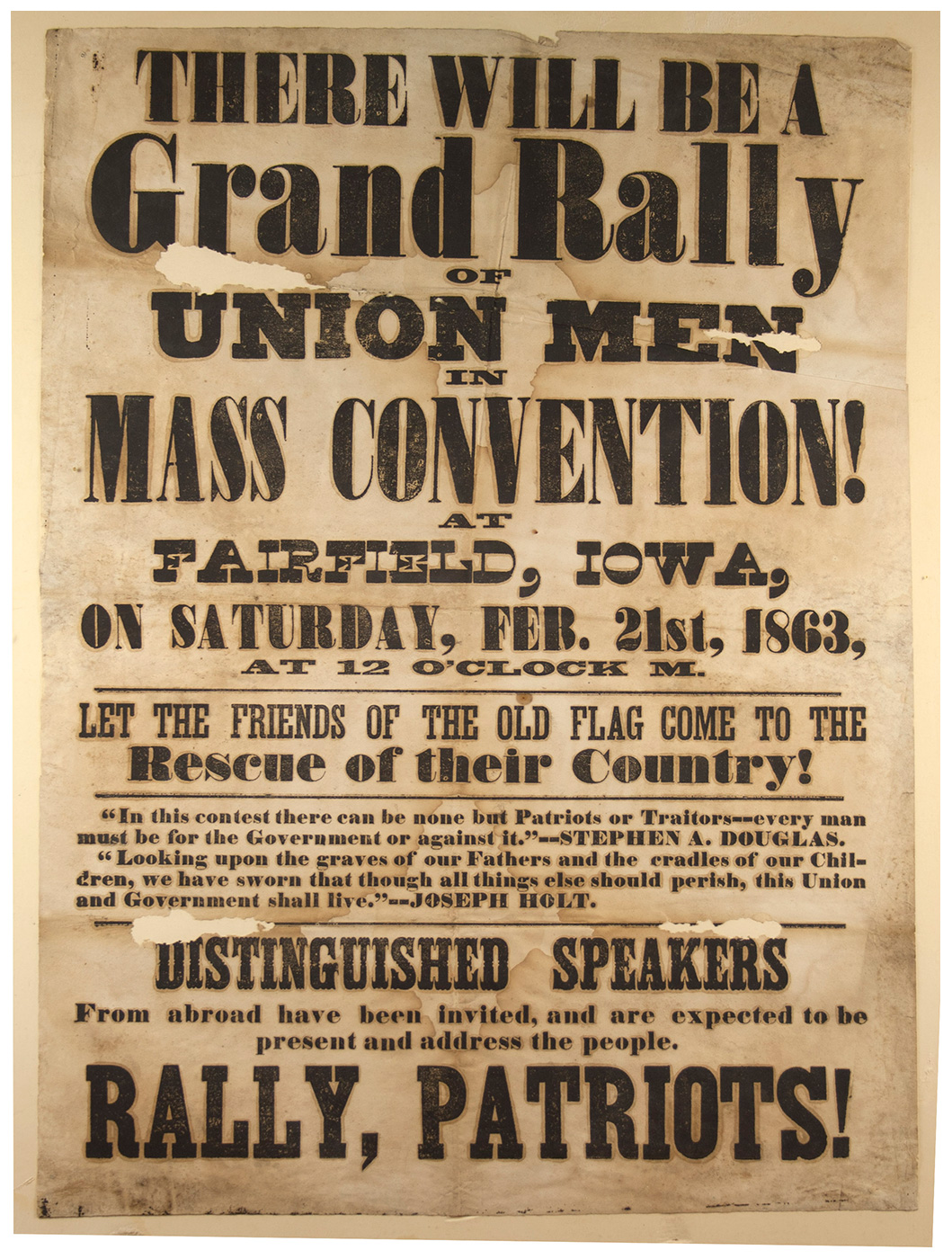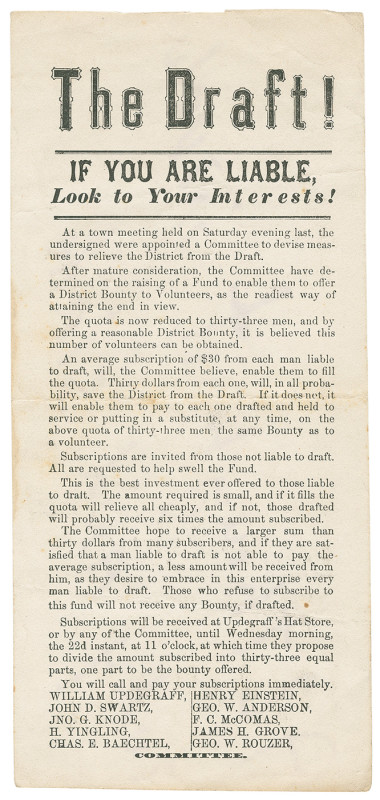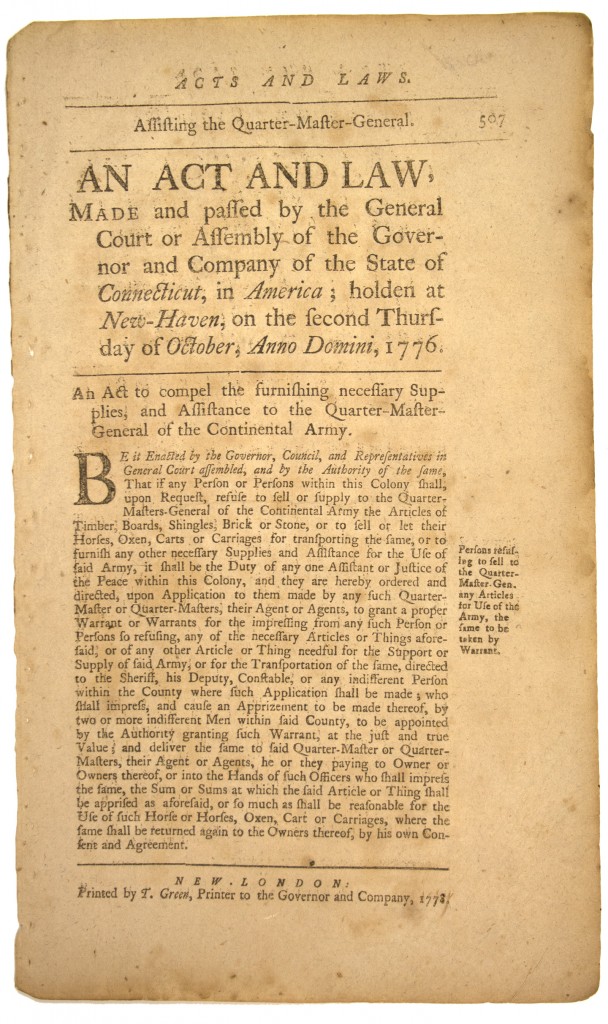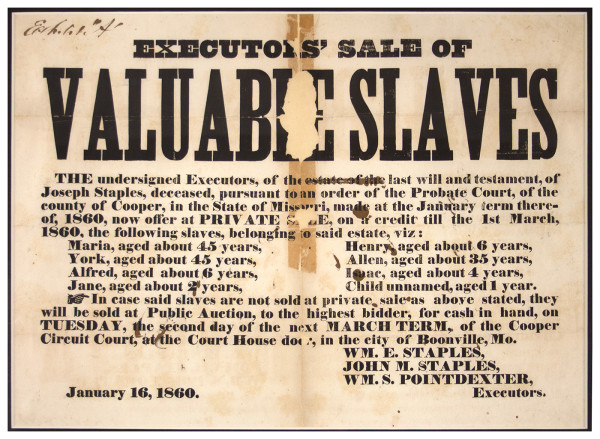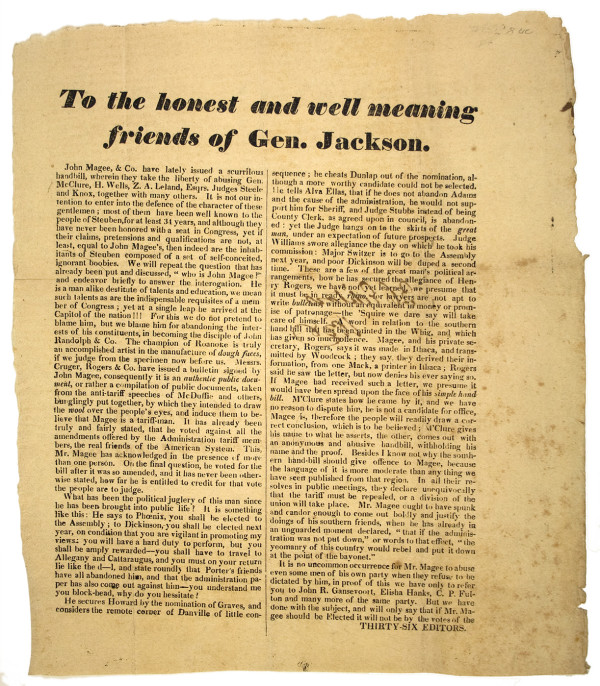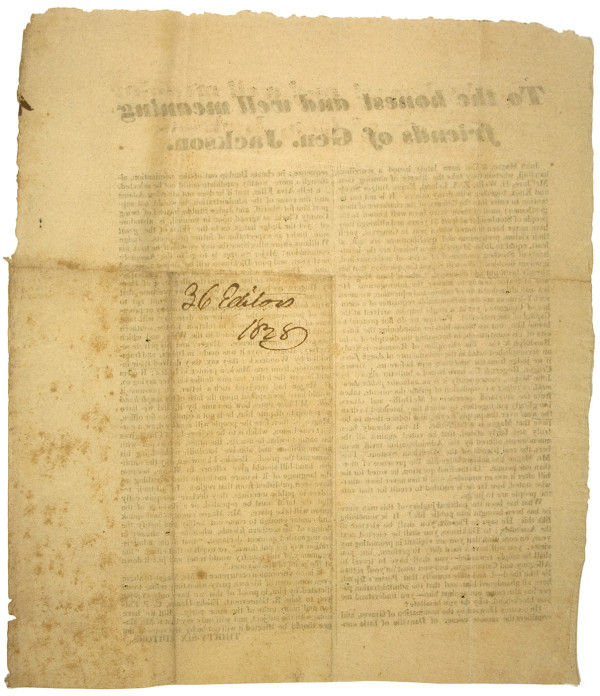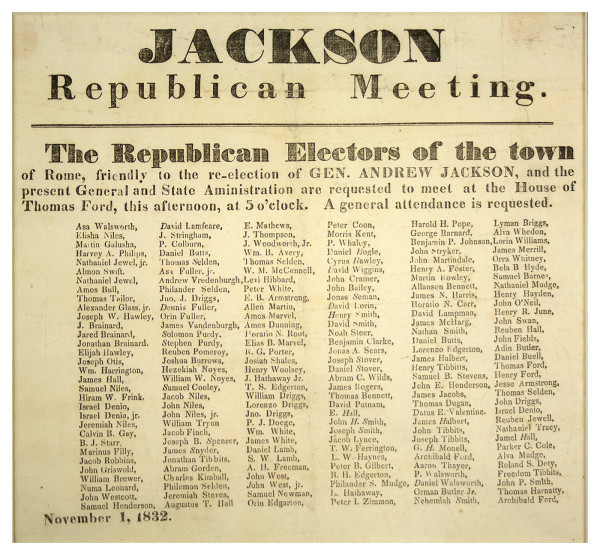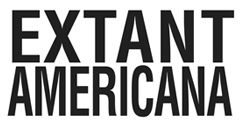Pittsburgh Farmers’ and Mechanics’ Turnpike Company Broadside
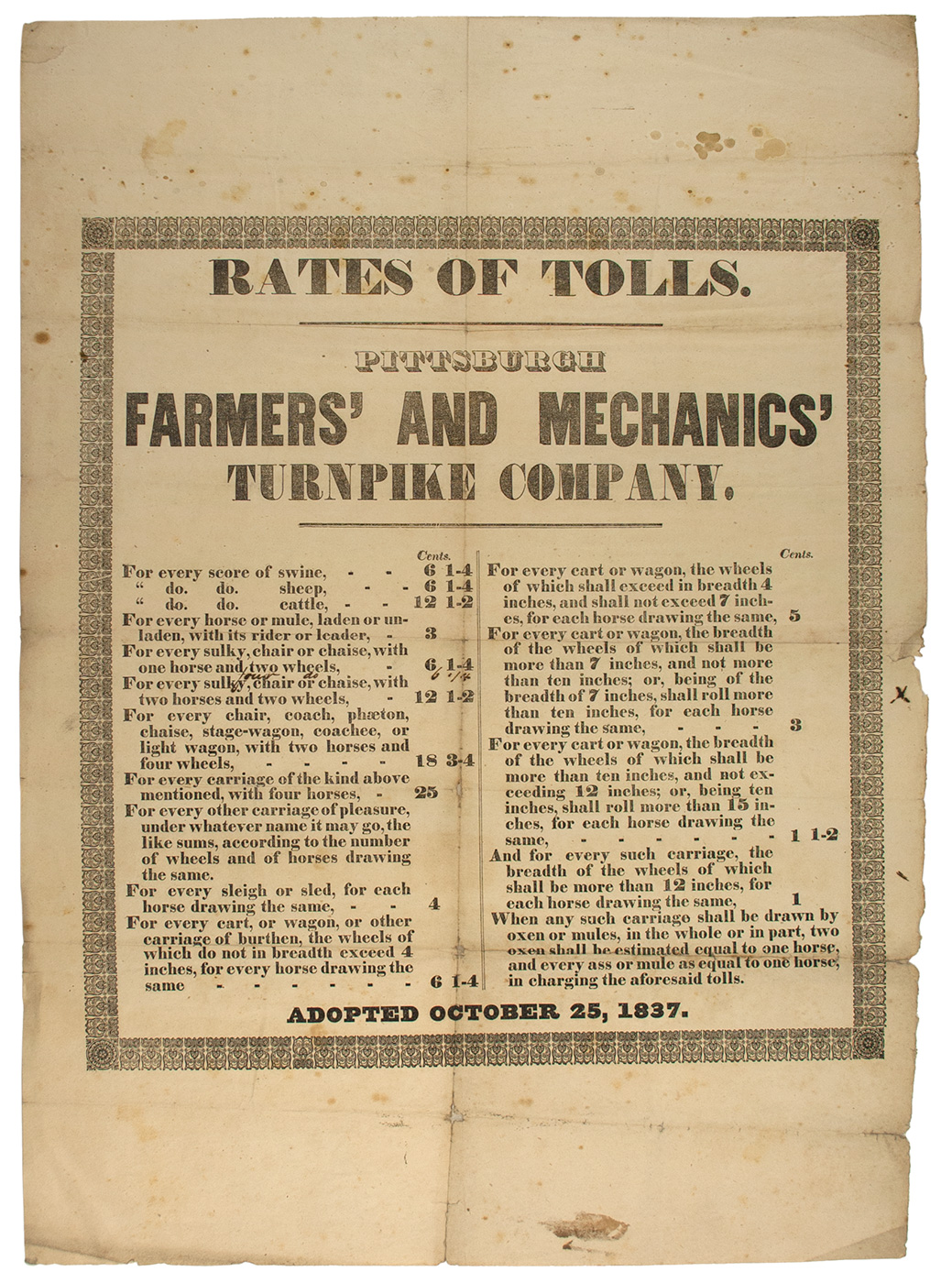
(Turnpikes and Toll Roads) Broadside, “RATES OF TOLLS. PITTSBURGH FARMERS’ AND MECHANICS’ TURNPIKE COMPANY. 560 x 405 mm. (22 x 16 in).
The broadside lists rates for nearly every conceivable vehicle and animal that used the road including pigs, sheep, and cattle (charged 6 1/4 cents by the dozen) as well a variety of horse-drawn vehicles charged on basis of size of wheels as well as number of axles. Also, two oxen were considered equivalent to one horse for toll-taking purposes. (And you thought tolls at the Lincoln Tunnel were complicated.)
The Farmers’ and Mechanics’ Turnpike Company was established around 1829 and had completed a road on the outskirts of Pittsburg around 1837. The road continued in operation for several decades until it was sold to the City of Pittsburgh in 1871 after years of falling tolls and growing indebtedness.* The road roughly followed the course of modern-day Fifth Avenue.
Light foxing and soiling, some light edge wear, contemporary ink marks at margin, folds, separated vertical fold repaired on verso with archival tape, else very good.
(EXA 5363) $475
___________
* Proceedings and Debates of the Convention of the Commonwealth of Pennsylvania (1837), 322; [Advertisement] The Daily Pittsburgh Gazette (1 Apr. 1836) calling for proposals for “grading, stoning, and erecting the necessary Bridges and Culverts of the first two miles…commencing at the city line”; Pennsylvania Session Laws (1863), 431-433; Laws of the General Assembly of the Commonwealth of Pennsylvania (1871), 579-580.

